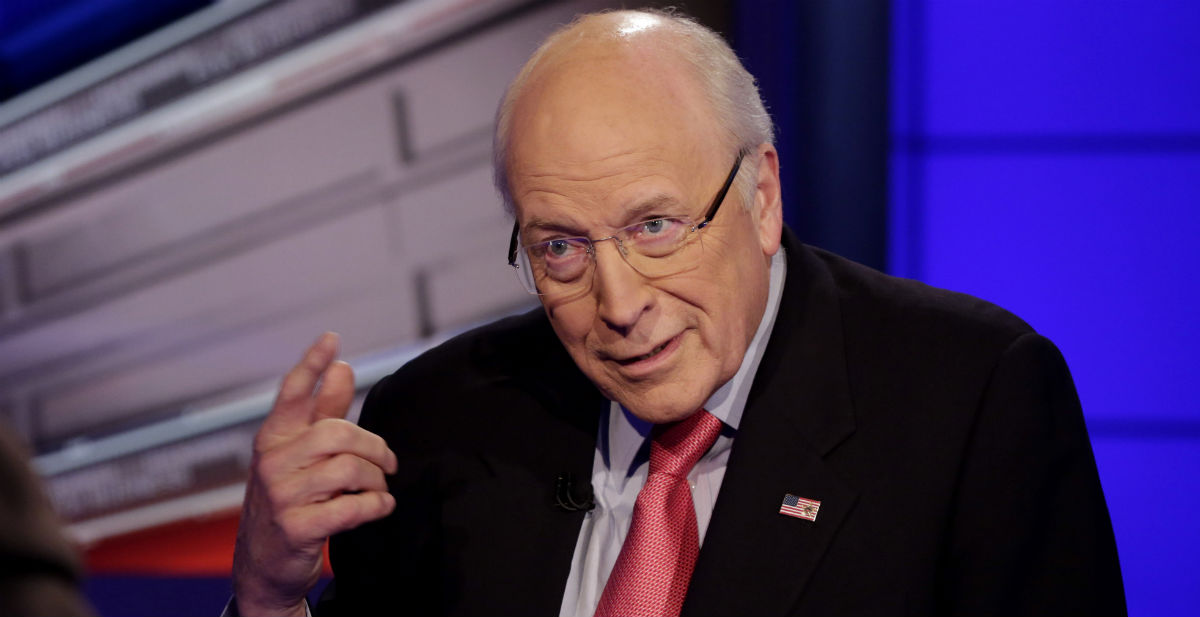Last week the Senate Intelligence Committee released its report on how the CIA tortured detainees. Within hours, several hawkish journalists had read the entire thing.
Videos by Rare
It was an impressive feat of the intellect, seeing as the report is thousands of pages long. It’s even more remarkable given that the actual report itself is still classified, meaning every one of these scribes had to briskly obtain high-level security clearances. But read it they must have, given the ironclad certainty of their conclusions: the report was “a travesty,” “partisan,” “Rolling Stone standards of investigation,” “a travesty” (again), “the credibility of a Rolling Stone article” (again), “providing aid and comfort to the enemy in wartime.”
A triumph of speed-reading, to be sure. And yet most of these arguments don’t hold up to scrutiny.
Take the oft-repeated claim that the report is a partisan hack job. If its purpose is to boost the fortunes of the Democratic Party, then why release it after the election?
Or the notion that unveiling the report could be the catalyst for another terrorist attack. It’s difficult to imagine jihadists reading a Senate document, highlighters in hand, and reacting in shock as they learn about waterboarding for the first time, even though it’s been in the news for years now.
But let’s accept this premise for a moment. How far are we willing to take it? Just about every disclosure about the war on terror could be twisted into a justification for jihad. We may as well conduct our entire foreign policy in the dark—and admit that our enemies succeeded at terrorizing us into paralysis.
Then there’s the argument that, to quote the final flashbang from Charles Krauthammer’s latest verbal air raid: “It kept us safe.” The Senate executive summary notes that the enhanced interrogation program was essentially dead by 2005 because most of the countries hosting black sites began to chafe at its brutality.
That means we’ve been exposed for nine years now, and yet we haven’t had a major terrorist attack on U.S. soil since 9/11. Even Langley admits it doesn’t know whether the information obtained through torture could have been extracted through other means.
The most cited response to the torture report is a piece written in the Wall Street Journal by six former top officials at the CIA. The spook sextet doesn’t dispute that cruel and inhumane methods—forced rectal feeding, detainees made to sleep on frigid floors—were used at CIA black sites. But they do claim, contrary to Feinstein and friends, that those methods produced actionable intelligence.
For example, they point to a detainee named Abu Zubaydah, believed to be a senior al Qaeda operative. Zubaydah endured a 17-day torture session during which he was roughed up, waterboarded two to four times a day, and spent a total of 266 hours confined in a coffin, leaving CIA personnel choked up and on the brink of tears. The CIA leaders claim in the Journal that this treatment led Zubaydah to expose another al Qaeda agent named Ramzi bin al-Shibh. Elsewhere others have said that Zubaydah pointed the agency to José Padilla, who was planning to detonate a dirty bomb on U.S. soil.
Both of these claims are suspect at best. Padilla was captured in May 2002, three months before the bulk of Zubaydah’s torture began. Al-Shibh is a bit trickier, but the executive report concludes that he was nabbed entirely by accident while Pakistani authorities were searching for another terrorist. And a former FBI interrogator named Ali Soufan long ago revealed that information on al-Shibh came from another detainee questioned using conventional (read: humane) methods.
Soufan also conventionally interrogated Zubaydah and said he was cooperative, revealing that Khalid Sheikh Mohammed was the mastermind of the 9/11 attacks without a single droplet of water in his nose or morsel of food in his rectum.
Yet the CIA claims enhanced interrogations were what broke Zubaydah. This is part of a defensive strategy that was plotted all the way back in 2001, according to the Senate executive summary. Two months after the 9/11 attacks, agency attorneys circulated a memo considering how to respond to future allegations of detainee torture. If brutal techniques were exposed, the memo said, “CIA could argue that the torture was necessary to prevent imminent, significant, physical harm to persons, where there is no other available means to prevent the harm.”
That’s exactly what they’re doing now. And note the use of the T-word. Back in 2001, even the CIA dared call it torture.
The problem is that torture is illegal under the UN Convention on Torture. Ultimately it doesn’t matter if the torture methods are effective or keep us safe or were rubber-stamped by some functionary at the Justice Department. There’s no exemption for “the mood” after 9/11.
The Bush administration and the CIA broke the law, period, full stop.
And yet the CIA’s critics are engaged in “moral preening,” according to Peter Wehner of Commentary. He condemns us for simplifying a complex issue and calls for us to engage in a “little more serious reflection.”
Wehner has it backwards. It’s the CIA’s defenders—the men without chests who read about a prisoner dying of hypothermia in U.S. custody without even a hint of moral outrage—who need to search their souls.
The torture techniques used by the CIA were illegal, immoral, and almost certainly ineffective. Isn’t that worth a spike in our collective blood pressure?



